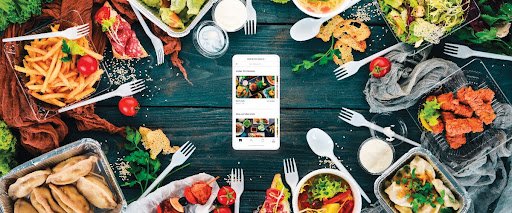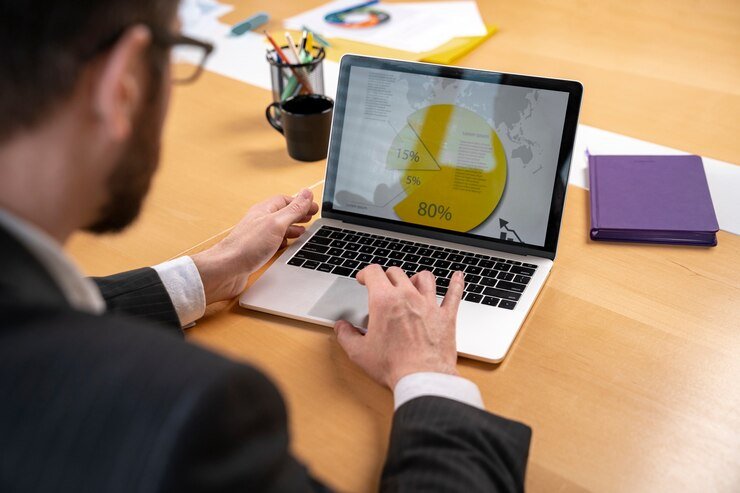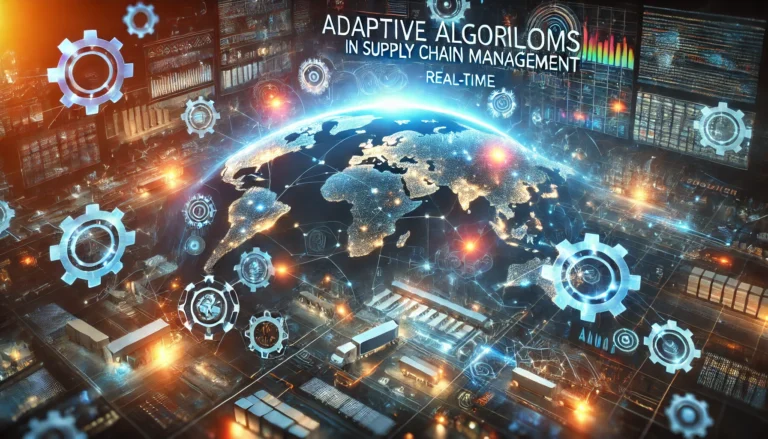The global food industry is undergoing a paradigm shift as consumers embrace convenience and efficiency in their dining experiences. On-demand food delivery apps have become a cornerstone of this transformation, offering a seamless bridge between restaurants and customers. Developing a successful on-demand food delivery app requires a deep understanding of user behavior, technological trends, and market needs. This article explores the key factors, trends, and strategies involved in the development of a high-performing food delivery app.
1. Understanding Market Demand: The Catalyst for Growth
The on-demand food delivery industry has experienced explosive growth in recent years, driven by changing consumer lifestyles, urbanization, and technological advancements. With the market expected to grow at a CAGR of 10.5% between 2021 and 2026, it’s clear that the demand for quick, reliable, and accessible food delivery services is skyrocketing. Developing a food delivery app that caters to these demands requires innovation, adaptability, and a deep understanding of customer preferences.
Key Market Insights:
- Convenience and Speed: Consumers are increasingly valuing their time and prefer apps that offer quick, efficient service.
- Diverse Menu Options: Offering a wide range of cuisine and dietary choices enhances user engagement.
- Real-Time Tracking: Transparency and control over the delivery process are non-negotiable for today’s consumers.
2. Core Features of a Successful Food Delivery App
A successful on-demand food delivery app is built around several core features that make the user experience seamless, intuitive, and enjoyable. Here’s a breakdown of essential features for different stakeholders involved—users, delivery partners, and restaurants:
For Users:
- User-Friendly Interface: Simple and intuitive navigation is key. Customers should easily browse through menus, make selections, and complete orders with minimal friction.
- Real-Time Order Tracking: One of the most important features for users is tracking their orders from the moment they are placed to when they arrive.
- Multiple Payment Options: Offering diverse and secure payment methods (credit/debit cards, wallets, UPI, etc.) enhances customer satisfaction.
- In-App Messaging & Notifications: Push notifications for order confirmation, delivery updates, and special offers are crucial for keeping customers engaged.
For Delivery Partners:
- Route Optimization: Delivery drivers need intelligent routing systems to minimize delivery time and avoid traffic congestion.
- In-App Chat: Communication with customers and restaurants should be streamlined to ensure smooth order management.
- Earnings Dashboard: A clear display of earnings, bonuses, and tips keeps delivery partners motivated.
For Restaurants:
- Order Management System: Restaurants should be able to manage incoming orders seamlessly, update menu items, and handle delivery schedules within the app.
- Data Analytics: Detailed insights into sales performance, customer preferences, and peak hours can help restaurants optimize their operations.
- Rating and Review System: Gathering customer feedback helps restaurants improve their services.
3. Technological Backbone: Features That Drive Performance
Building a robust and scalable food delivery app requires leveraging the latest technologies to ensure reliability, security, and efficiency. Some of the essential technologies and tools include:
- Cloud-Based Infrastructure: Cloud solutions allow food delivery apps to scale quickly while offering flexibility in handling surges in demand.
- AI and Machine Learning: AI-driven features such as personalized recommendations, predictive analytics, and demand forecasting can dramatically enhance user experience.
- Geolocation and GPS: Precise location tracking is crucial for route optimization and real-time delivery tracking.
- Payment Gateway Integration: Secure, multi-currency, and multi-platform payment gateways are essential for a global audience.
- API Integration: APIs for third-party services (such as delivery partners, restaurant menus, or customer reviews) are crucial for expanding the app’s functionality.
4. Monetization Strategies: Turning Convenience into Profit
Developing an on-demand food delivery app can be expensive, but the right monetization strategy can ensure a steady revenue stream. Here are some common ways to generate income through the app:
- Delivery Fees: Charging customers a fixed delivery fee or a variable fee based on distance can be a primary source of revenue.
- Commission from Restaurants: Many food delivery platforms earn a percentage of the total order amount from partner restaurants.
- Subscription Models: Offering premium services, such as free deliveries or special discounts, through a subscription model can attract loyal users.
- In-App Advertising: Running promotions for restaurants or placing targeted ads within the app can open additional revenue channels.
5. Challenges in Food Delivery App Development
While the potential for success is enormous, developing and maintaining a food delivery app comes with its own set of challenges:
- High Competition: The market is saturated with major players like UberEats, DoorDash, and Grubhub. Differentiating your app from the competition is crucial.
- Logistics and Delivery Network: Efficient logistics management is essential to ensure timely deliveries, especially during peak hours.
- Food Quality Control: Ensuring that food arrives hot and fresh is a significant challenge, and failure to do so can harm your app’s reputation.
- Customer Retention: Building customer loyalty in an industry where users tend to switch platforms for discounts or promotions requires innovative marketing strategies.
6. The Future of Food Delivery Apps: Emerging Trends
As the food delivery market continues to evolve, new trends are shaping the future of app development. Some of these include:
- Contactless Delivery: Post-pandemic, contactless delivery has become the norm, and integrating safety protocols within apps is essential for customer trust.
- Drone and Autonomous Vehicle Deliveries: The future of food delivery could involve drones or self-driving cars, reducing delivery times and labor costs.
- Sustainability Focus: Eco-conscious consumers are demanding more sustainable packaging and energy-efficient delivery methods, which could shape app features in the future.
- Virtual Kitchens and Cloud Restaurants: Many restaurants are now operating without physical spaces, delivering food solely through apps. This trend is expected to grow, requiring apps to support virtual kitchens.
Conclusion
On-demand food delivery app development is a thriving industry full of opportunities and challenges. With the right approach, businesses can create a platform that not only delivers convenience to customers but also drives innovation in the food service industry. By focusing on user experience, leveraging the latest technologies, and staying ahead of market trends, developers can build apps that revolutionize the way we experience food.
The key is to continuously evolve, adapt to consumer preferences, and innovate with emerging technologies to create a truly seamless and satisfying food delivery experience.






















+ There are no comments
Add yours